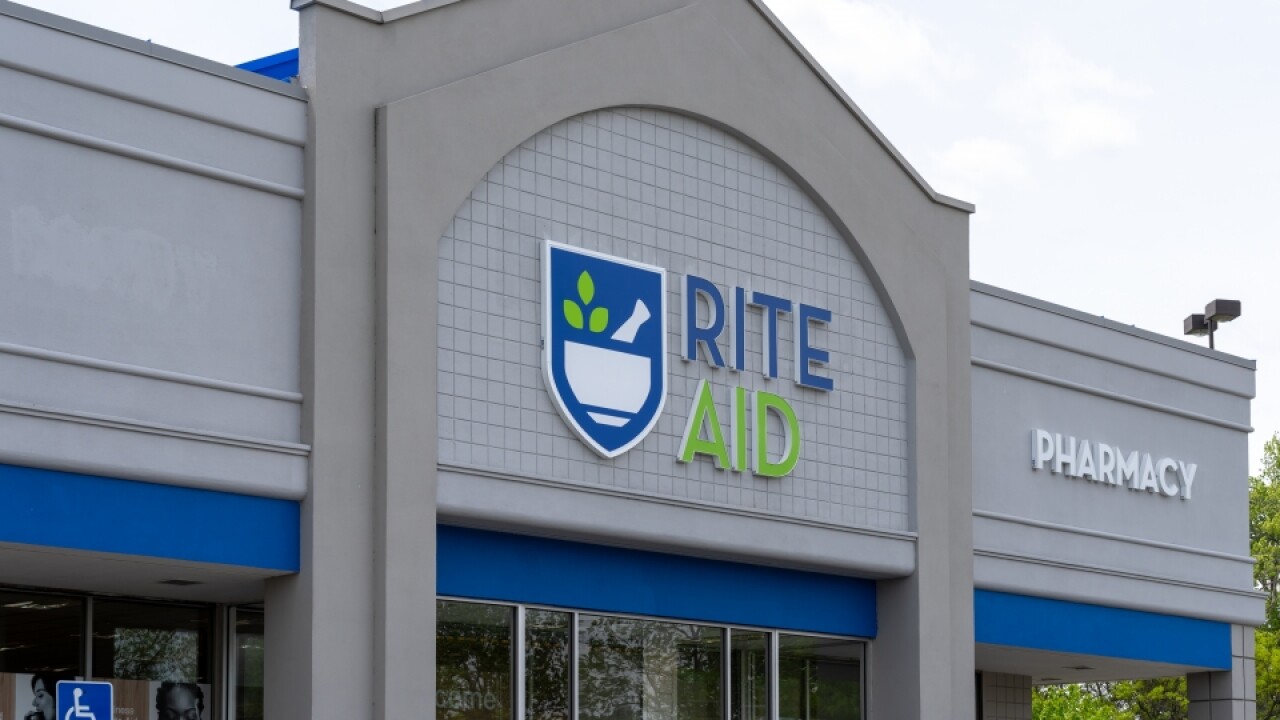In a further effort to restructure its operations, Rite Aid Corporation has recently unveiled plans to close an additional 30 of its stores across the United States. This announcement comes in the wake of a previous declaration of the closure of 100 stores just last month, as the company grapples with ongoing financial challenges and increased competition within the pharmaceutical retail sector.
The revelation of these latest store closures was made through a bankruptcy court filing, outlining the shutdown of 31 stores located in various states. Seven of these closures will take place in California, four in Pennsylvania, and three in states such as Ohio, Virginia, and Washington. Additionally, Michigan, New Jersey, Oregon, and New York will each see two stores shut down, while Connecticut, Maryland, and Nevada will be impacted by one store closure each.
Following these rounds of closures, Rite Aid will be left with approximately 2,000 stores still operational. The company has not issued an immediate response for comments regarding these developments.
The pharmacy giant has been facing mounting challenges, especially in the wake of increasing competition from e-commerce behemoths like Amazon and big-box retailers such as Walmart, Target, and Costco. These industry giants have been expanding their presence in the pharmaceutical space, offering customers more convenient and attractive alternatives to traditional pharmacy chains.
Adding to Rite Aid’s woes are legal issues stemming from allegations of unlawfully filling opioid prescriptions for customers. These legal entanglements have further strained the company’s financial situation.
In comparison to its competitors, Rite Aid finds itself in a significantly worse financial state. Over the past six years, the company has accumulated nearly $3 billion in losses, with its stock plummeting by over 90% in the past year.
While Rite Aid has managed to secure $3.5 billion in financing and debt reduction agreements from lenders to navigate through its bankruptcy, it has also decided to expedite store closures and divest certain business segments, including the prescription benefit provider, Elixir Solutions. The bankruptcy process may also offer a more cost-effective resolution to the company’s legal disputes.
The bulk of revenue for drugstores is derived from prescription filling, but profitability within this segment has dwindled due to reduced reimbursement rates for prescription drugs. As a result, Rite Aid, along with its industry rivals, has been compelled to downsize its physical footprint in recent years.
CVS, the largest pharmacy chain in the United States, closed 244 stores between 2018 and 2020 and announced plans to close an additional 900 stores by 2024 in 2021. Walgreens, in 2019, declared the closure of 200 stores, with an additional 150 store closures announced in June.
The pharmaceutical retail landscape has also witnessed a significant decline in the number of independent pharmacies, decreasing by nearly 50% from 1980 to 2022, as reported by consulting firm McKinsey.
Rite Aid’s decision to shutter 30 more stores underscores the company’s ongoing efforts to adapt to the changing dynamics of the pharmaceutical retail industry. These closures come amid fierce competition from e-commerce giants and the need to address legal challenges. As the pharmacy chain continues to navigate its financial challenges, it remains to be seen how these strategic moves will impact its future in the sector.























+ There are no comments
Add yours